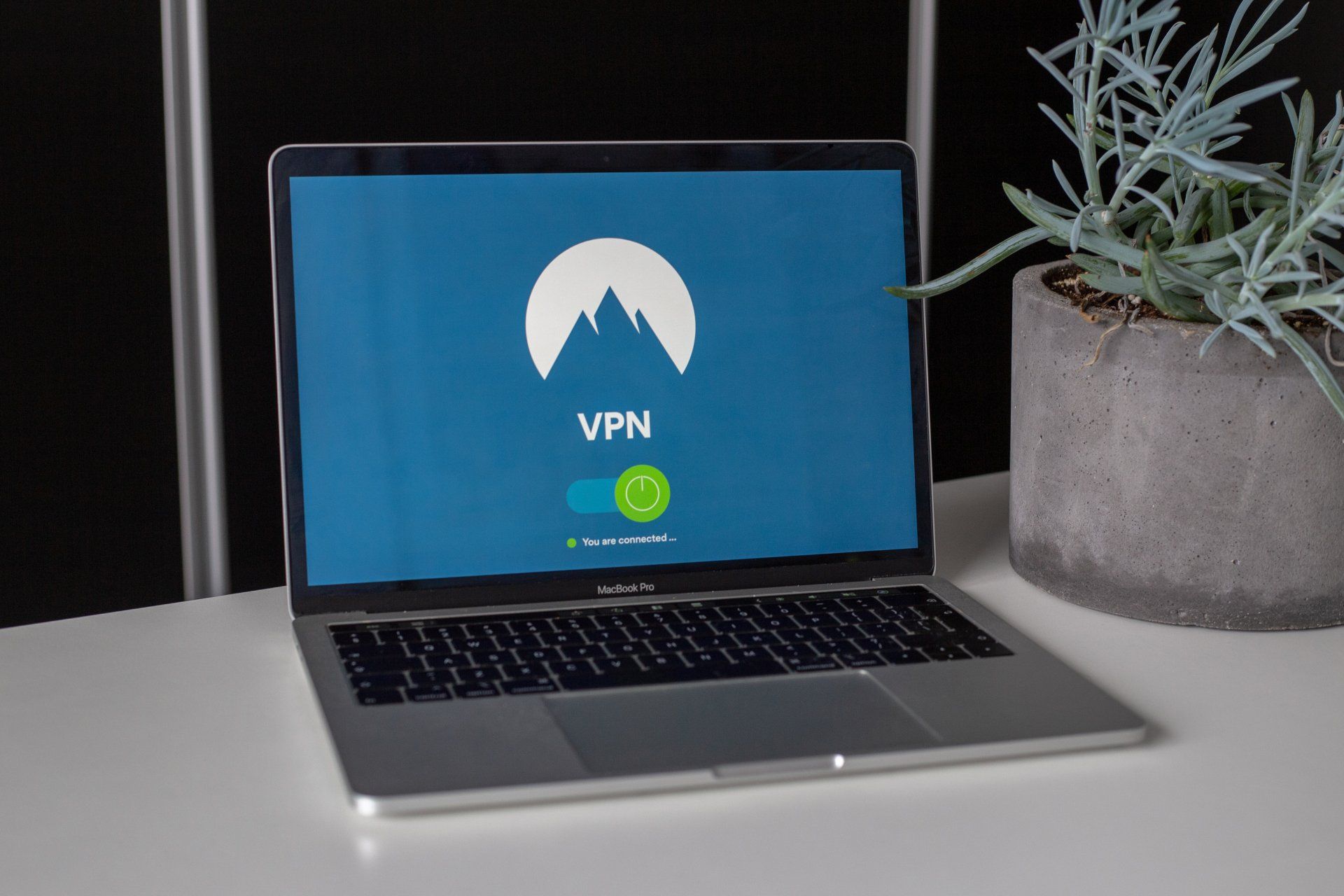Malware XPhase Clipper
Malware XPhase Clipper: Cuidado con las Criptomonedas Falsificadas y Tácticas de Infección Inteligentes
El mundo de las criptomonedas puede ofrecer interesantes oportunidades, pero también atrae ataques cada vez más sofisticados. Una reciente ola de infecciones llamada campaña "XPhase Clipper" expone la necesidad de mantenerse constantemente vigilante al interactuar con billeteras e intercambios de criptomonedas.
¿Qué es el Malware Clipper?
El malware Clipper opera con un concepto engañosamente simple: monitorea el portapapeles del dispositivo. Cuando detecta algo que parece una dirección de billetera de criptomonedas, la cambia en secreto por una controlada por el atacante. Esto significa que si copias y pegas una dirección para iniciar una transacción, los fondos pueden terminar en las manos equivocadas.
XPhase: Elevando el Nivel del Engaño
La campaña XPhase destaca por añadir tácticas preocupantes al ataque clipper:
- Sitios Falsos Haciéndose Pasar por Reales: Usan sitios web falsificados que imitan plataformas fiables como Metamask y Wazirx.
- Engaño en YouTube: Promueven estos sitios de phishing con videos clonados en YouTube que prometen cosas como regalos de criptomonedas o consejos de inversión. Esto explota nuestra confianza en plataformas conocidas.
- Infección en Múltiples Etapas: Cuando la víctima descarga un "software", no solamente queda infectada con el clipper. Una compleja cadena de archivos disfraza su intención final y evade la detección, para instalar el clipper y más amenazas.
Cómo Protegerse
Aunque ataques como XPhase pueden ser alarmantes, la protección se basa en precauciones sencillas y plena atención:
- Verifica Dos o Tres Veces las Direcciones: Antes de cualquier transacción,tómate un tiempo extra para verificar visualmente toda la dirección de la billetera. Mira especialmente el inicio y el final, puesto que los atacantes hacen cambios sutiles.
- Confía Siempre en Fuentes Oficiales: Nunca descargues "actualizaciones" o software desde un sitio que no sea el oficial del proveedor. Busca el sitio conocido a través de buscadores, sin hacer clic en anuncios ni descripciones en YouTube.
- Descarga Archivos con Inteligencia: Evita enlaces desconocidos o sitios no oficiales, sobre todo en el ámbito de las criptomonedas. Analiza los archivos con una solución antivirus antes de abrirlos.
- Reconoce Señales de Peligro: Sospecha de errores de ortografía en sitios web,tácticas de presión ("ofertas" a punto de expirar, promesas agresivas) o solicitudes de permisos inusitados al abrir archivos.
Es una Batalla de Ingenio – Mantente Alerta
Los ciberdelincuentes actualizan sus técnicas para aprovechar la popularidad de las criptomonedas. La mejor defensa es una buena dosis de escepticismo y excelentes prácticas de higiene digital. No olvides que una mínima precaución extra puede ahorrarte grandes pérdidas cuando se trata de proteger tus activos.




